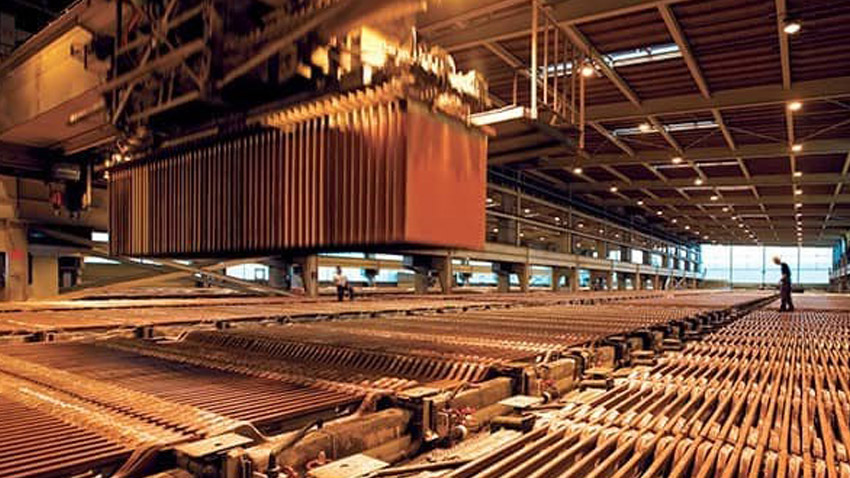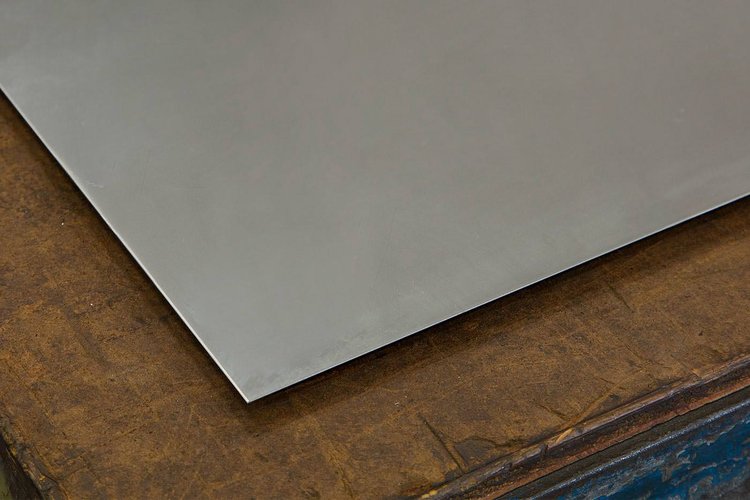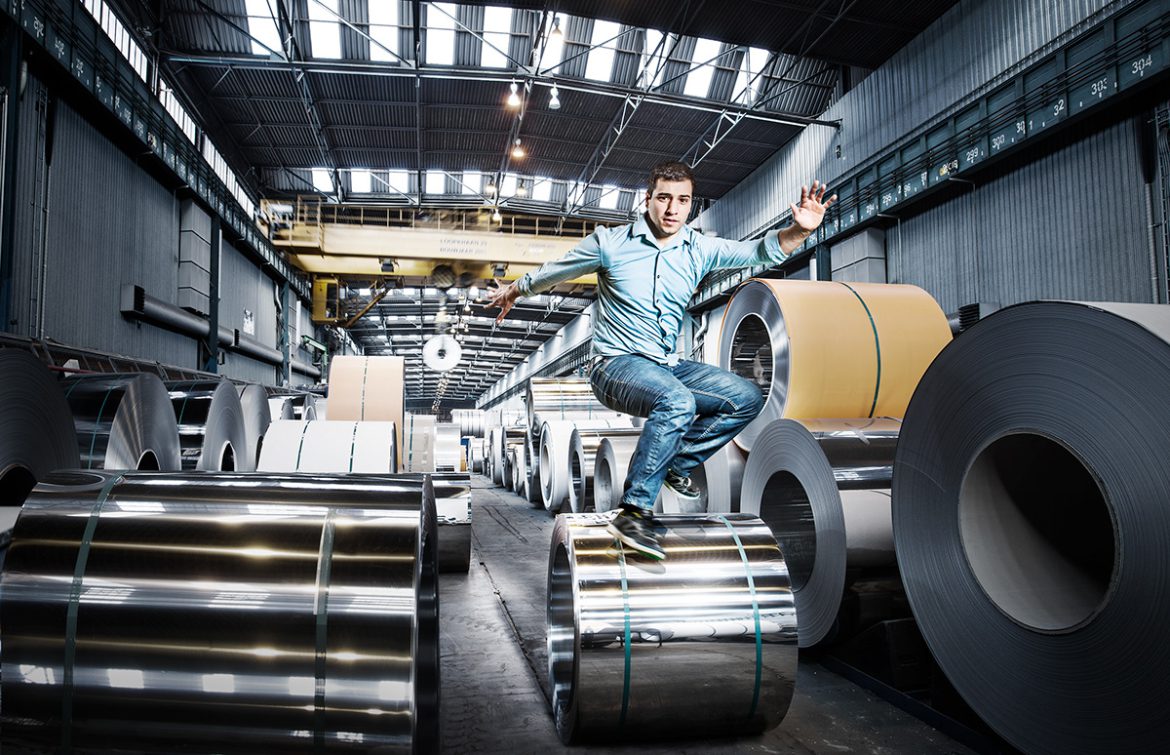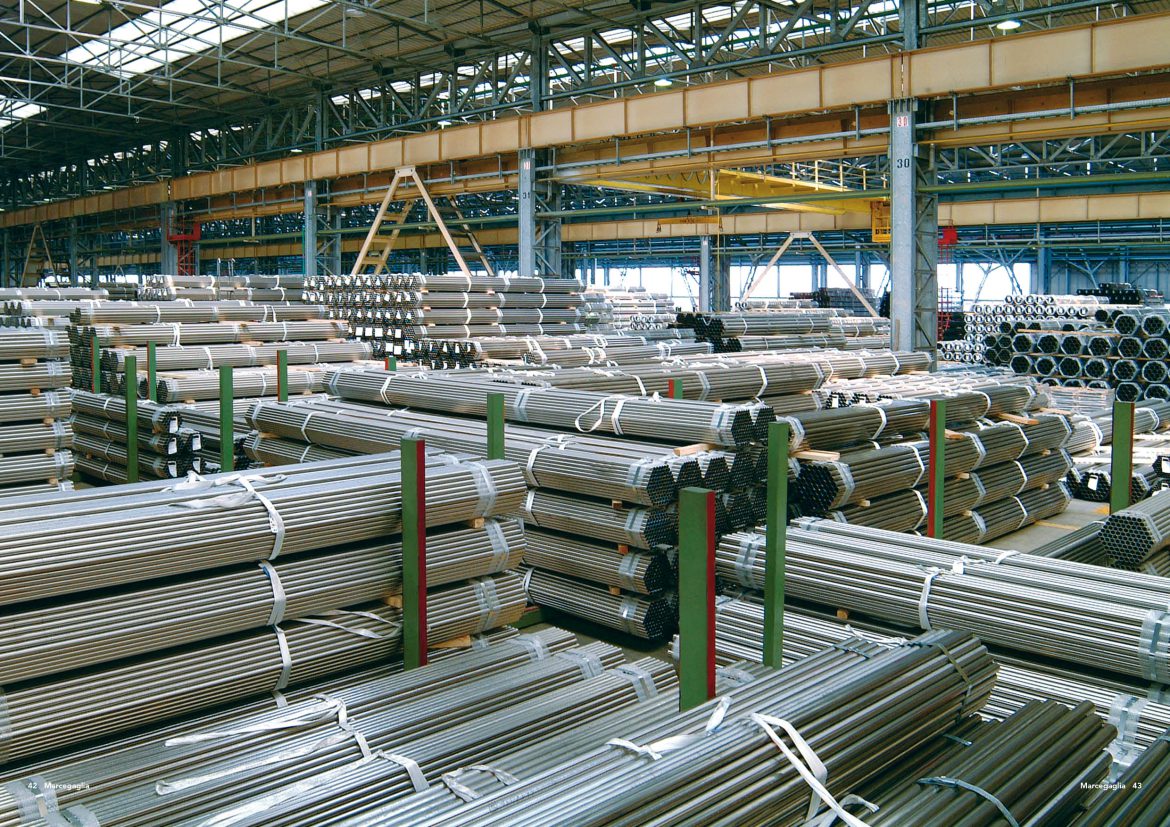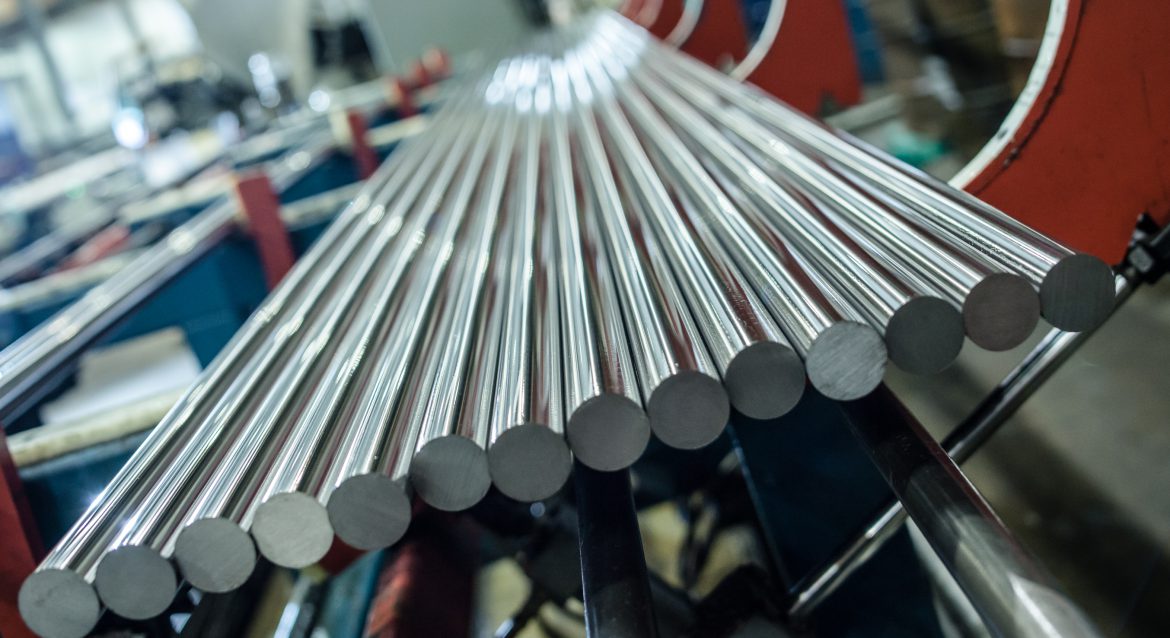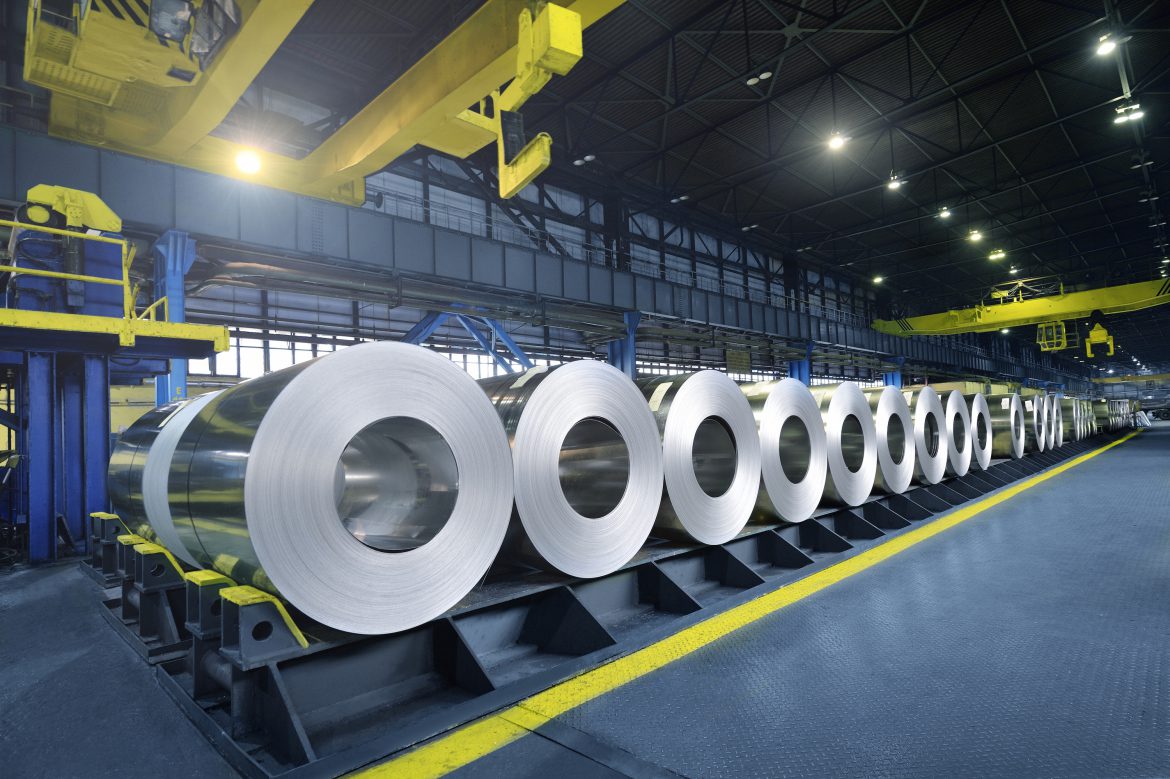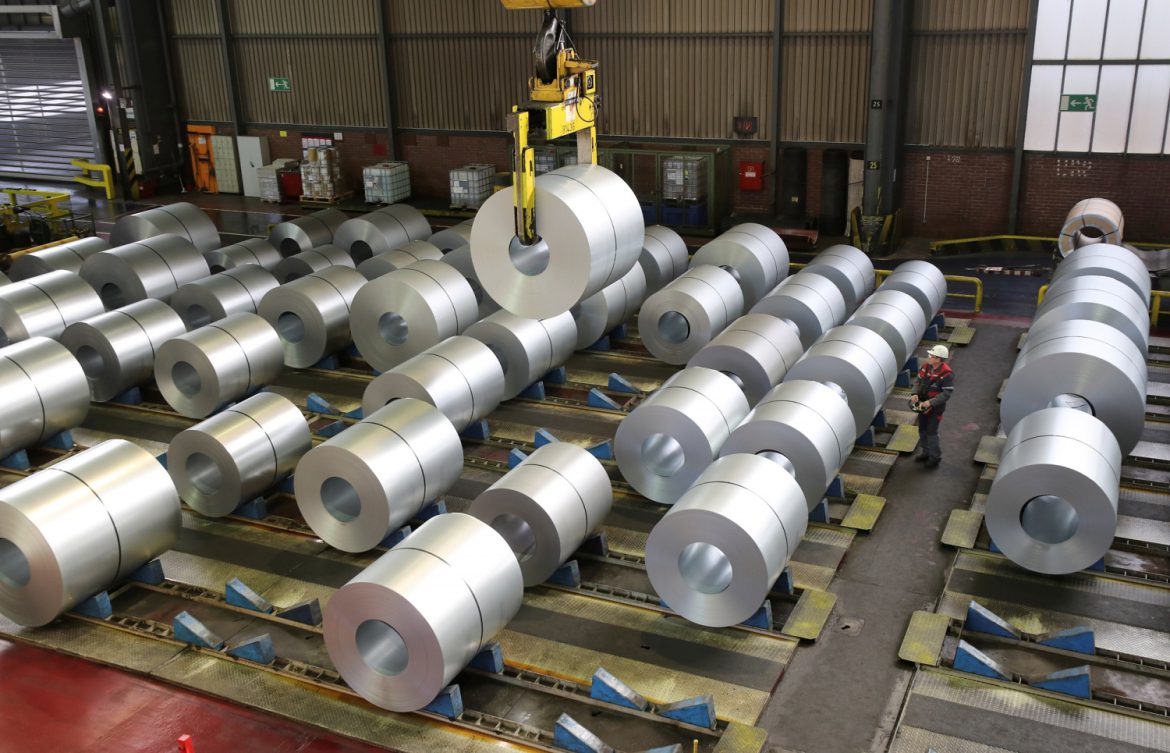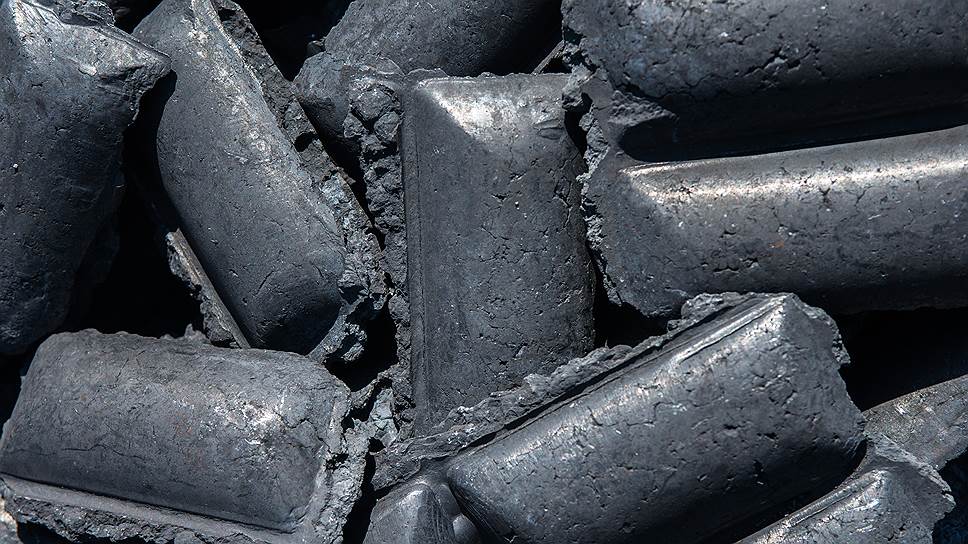Pellets are pellets made from fine iron ore and other additives that are first raw and then cooked and hardened; It is used for the reduction of the traditional method of iron production in the blast furnace or various direct reduction methods. For more information about Iron pellet Wholesale Supplier, visit our site.
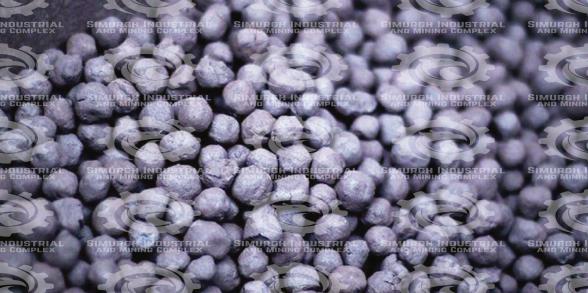
The specifications of Iron pellet
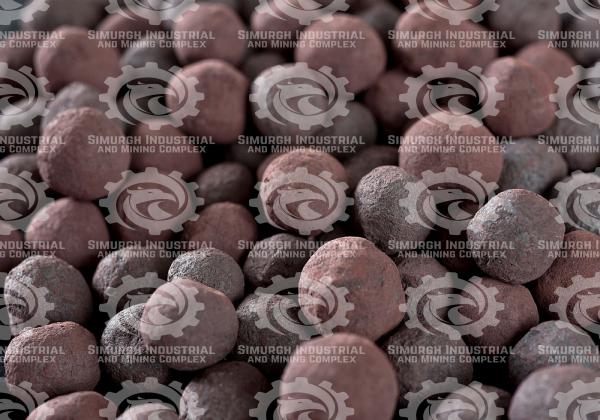
Clod feed in industries consisting of iron ore with a grain size of less than 10 mm (6 mm) is used for blast furnaces and direct reduction units. This material joins the initial load of the clogging machine in the blast furnace, and after grinding, it can be added to the initial load of the pellet for direct reduction method.
The main raw material for making pellets is iron ore, which is used as a concentrate. Concentrate is the product of refining iron and removing impurities from iron ores, which occurs by crushing and softening. In pelletizing, concentrate crushing is usually insufficient and must be softened again to a particle size of less than 45 microns (325 mesh). Due to the moisture content of the manufacturing process, which is about 10%, the concentrate must be dried, and for this purpose, dry iron ore fines are mixed with it, so that the raw material has the necessary characteristics and quality for use in blast furnaces or direct reduction.
Additives that are added to the main material to make pellets include the following.
Materials that are added, for example, in the role of adhesion and physical bonding, and to change and affect the physical and mechanical properties of raw and cooked pellets.
Materials that increase the porosity of the pellet and lead to improved metallurgical properties and regenerative pellets.
Substances that produce slag, such as lime, which reacts with iron ores in self-melting pellets to produce slag.
Special substances that strengthen the pellets by creating a chemical bond between the iron ore particles.
In general, additives cause the following changes in the raw pellets.
Increase the strength of raw pellets
They facilitate the conversion of chemical bonds to ceramic bonds.
Facilitate pelletizing operations.
Solves problems caused by pellet drying.
Bentonite is composed of a number of clay minerals that have high plasticity (including, montmorillonite, allophane, etc.), and is the best bonding agent for pellet particles. In the minerals that make up bentonite, an octagonal aluminum oxide layer is placed between two quadrilateral silicon layers, and a bond of two silica layers in which silicon is quaternary is established by a trivalent aluminum layer, in which a capacity of less than two There are layers on both sides. This low capacity leads to the adsorption of cations such as sodium, potassium and calcium in this layer, and when water is added to this mineral, water molecules surround this cation and increase the distance between the two layers of silica, increasing the volume to Will follow. For more information about iron ore pellets manufacturers, visit our site.
Bulk supply of Iron pellet in 2020

The role of organic matter in pellet making is to create chemical bonds between particles. The strength of these materials in adhesion and uniform distribution of moisture is not as much as bentonite, but, during cooking, it decomposes and gases out of the pellet and leaves no material in the pellet. The release of organic matter in the form of gas from the pellet increases the porosity of the pellet and affects the regenerative quality of the pellet. Organic matter has no effect on chemical compounds and their types include starch, molasses, etc. For more information about iron ore pellets price, visit our site.
You can contact us to buy and sell this product:
Sales consultant: Ms. Leila Nematzadeh
Ways of communication: Phone number: 02147623014
Phone number: 02147623014
 Phone number: 04133660491
Phone number: 04133660491
 Phone number: 09120169267
Phone number: 09120169267
 WhatsApp Response (Skype): click
WhatsApp Response (Skype): click
 Instagram: simurgh_steel_company@
Instagram: simurgh_steel_company@
 email: info@simurghsteelco.com
email: info@simurghsteelco.com
 email: ironore110@gmail.com
email: ironore110@gmail.com
 Facebook: ironore110@
Facebook: ironore110@
 LinkedIn: simurgh-iron-and-steel-company-a68295180@
LinkedIn: simurgh-iron-and-steel-company-a68295180@
 twitter: CoSimurgh@
twitter: CoSimurgh@
